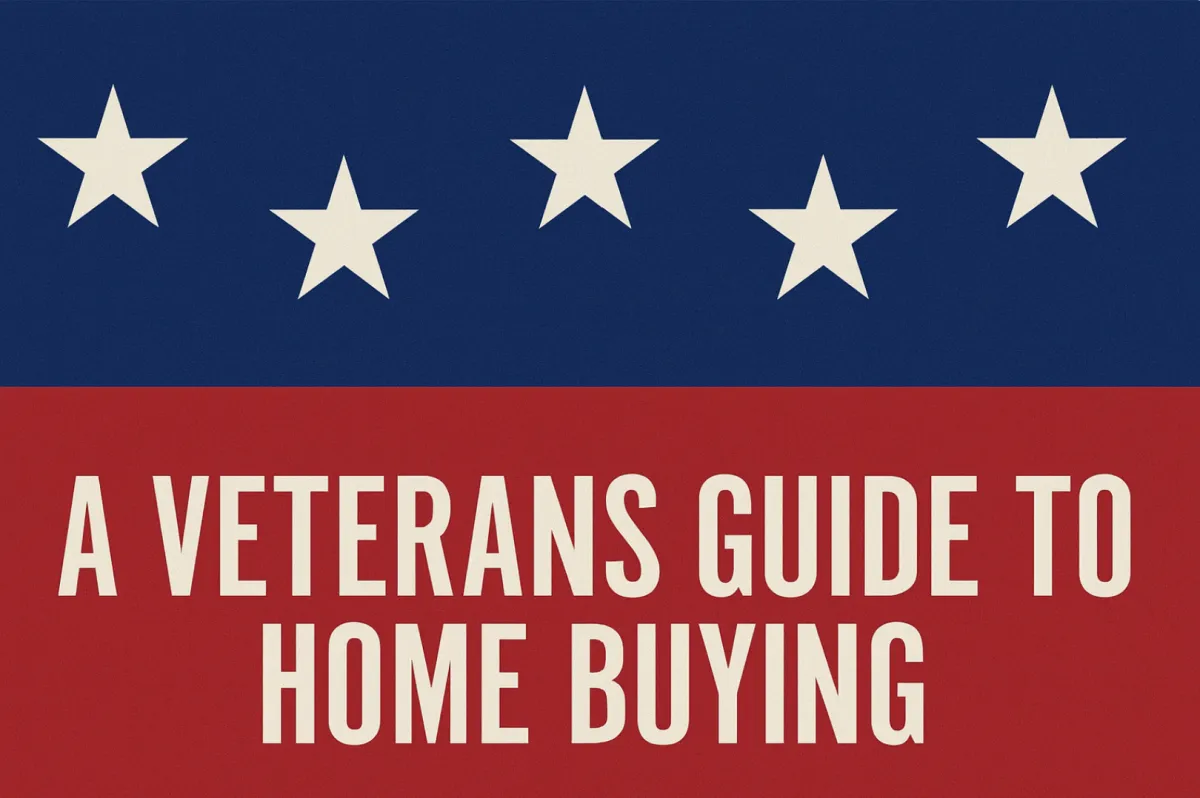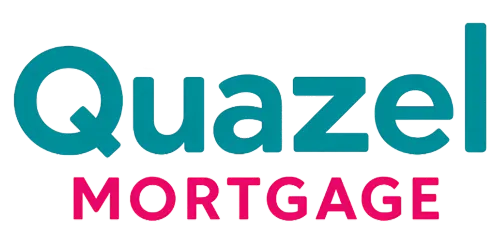
How To Get Started With Buying a Home Using Your VA Loan Benefit
If you're a veteran or currently serving, the VA home loan is one of the most powerful benefits you've earned. It's designed to help you purchase a home with fewer roadblocks and more advantages than most other types of mortgages. This step-by-step guide will walk you through the process of getting started — and make sure you're set up for success.
1. Check Your Eligibility
Before anything else, confirm that you're eligible for the VA loan.
You may be eligible if:
You served at least 90 consecutive days of active duty during wartime, or
181 days during peacetime, or
6 years in the National Guard or Reserves, or
You’re the surviving spouse of a service member who died in the line of duty or as a result of a service-related injury
✅ Tip: Apply for your Certificate of Eligibility (COE) through your lender or online at VA.gov.
2. Understand What Makes VA Loans Unique
No down payment (in most cases)
No monthly mortgage insurance
Flexible credit guidelines
Competitive interest rates
Limits on what closing costs you can be charged
This benefit is not a one-time deal — you can use your VA loan more than once and even have more than one at a time in some cases.

3. Get Preapproved With a VA-Approved Lender
Find a lender that specializes in VA loans. They’ll look at your income, credit, and service history to preapprove you for a certain loan amount.
Why it matters:
Shows sellers you’re serious
Helps you know your budget
Speeds up the process once you find a home
4. Work With a VA-Savvy Real Estate Agent
Not all agents understand the VA loan process. Find one who does — they’ll help you:
Find homes that qualify for VA financing
Structure offers with VA-friendly terms
Negotiate repairs that might be required by the VA appraisal
5. Find the Right Home
Your home must meet the VA’s Minimum Property Requirements (MPRs). That means it must be:
Safe, structurally sound, and sanitary
Free of major hazards like lead paint or termite damage
Move-in ready (fixer-uppers usually need a VA renovation loan)
6. Get a VA Appraisal (It’s Different From a Home Inspection)
Once under contract, the VA requires a special appraisal. This confirms the property is worth what you’re paying and meets MPRs.
⚠️ Important: This is not the same as a home inspection. Always get a home inspection too!

7. Close On Your Home
If everything checks out, you’ll move toward closing. The VA limits what you can be charged, and some fees must be covered by the seller or lender.
💡 Watch for lender fees: VA loans prohibit certain junk fees. Ask your lender for a transparent breakdown.
8. Move In and Enjoy the Benefits
Congrats — you're a homeowner!
Your loan will be serviced by a lender, and you’ll make monthly payments just like any other mortgage. But the perks — no mortgage insurance, low rates, and protections against foreclosure — continue long after you move in.
Common Questions
Q: Do I have to be a first-time homebuyer to use a VA loan?
Nope! You can use it multiple times — even buy a second home if you have remaining entitlement.
Q: Can I use a VA loan to buy a fixer-upper?
Yes, with a VA Renovation Loan. Talk to your lender to see if they offer this option.
Q: Can my lender charge me for termite inspections or attorney fees?
Some fees are allowed depending on your state. But many “junk” fees are restricted by the VA. Make sure your lender explains all costs upfront.

